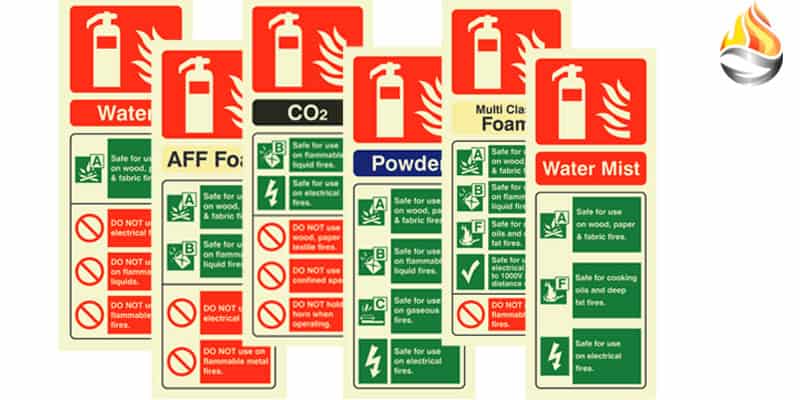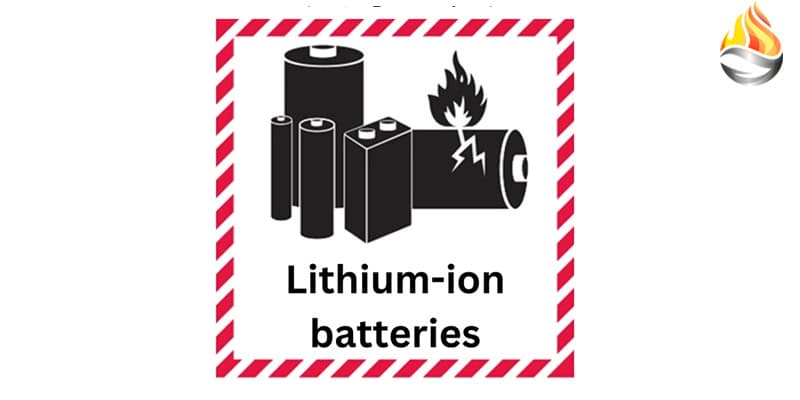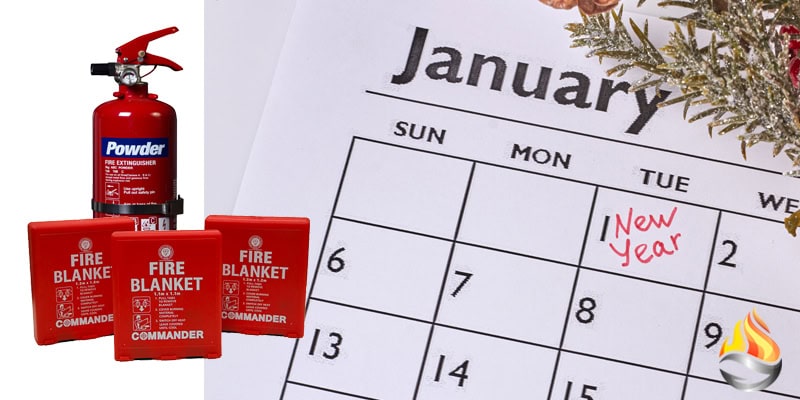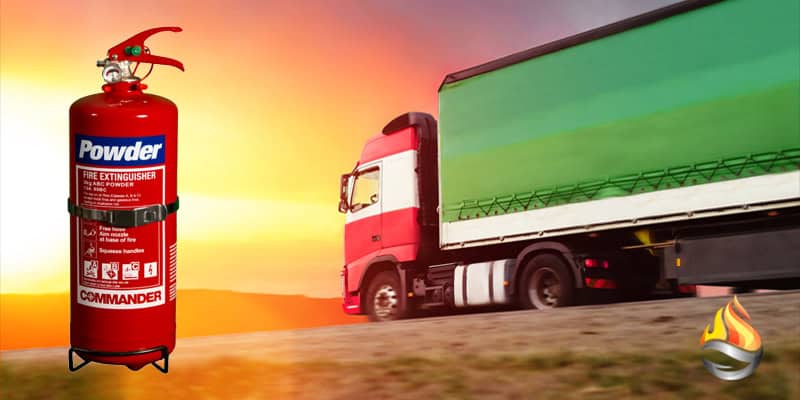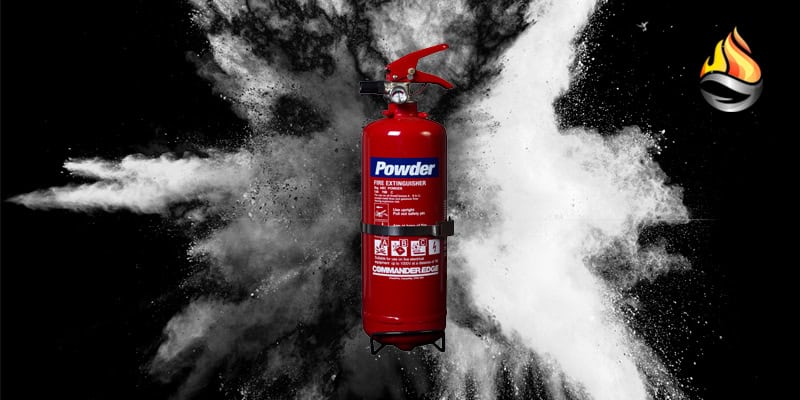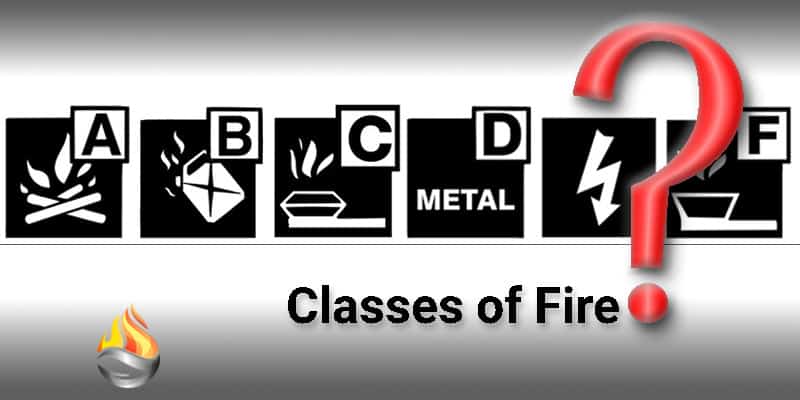
Classes of Fire and Fire Extinguisher Ratings
If you are unfamiliar with the fire safety world, a glance at the side of a fire extinguisher will probably confuse you further! In this short article, we’ll give a basic breakdown of fire classes and the ratings that accompany each extinguisher, to help you understand what the markings on a fire extinguisher mean and which fire extinguishers are best suited for the different types of fire.
Fire Extinguishers don’t have a one size fits all for every single fire and not all extinguishers are suitable for every type of fire. That’s why, there are different classes. The ratings that accompany them, give an indication of how effective a particular extinguisher is on a particular type of fire.
The main Classes of fire are:
| 13A 70B C |
| 21A |
| 34B |
The 2KG CO2 has no A Rating but has a 34B Rating for Flammable Liquids and is suitable for live electrical fires. You will commonly find CO2 Extinguishers in office environments, paired with 6L Foam or 6L Waters. CO2 is clean and a very effective fire fighting medium. It is less effective outdoors.
| 21A 144B |
Unlike the 6L Water, the Foam offers the added benefit of Class B protection with a high rating against Flammable Liquid fires but also carries the A Rating for fires involving Class A materials. It is not suitable for live electrical fires, but like it’s water counterpart, benefits from protection against electric shock, if used inadvertently on live electrical equipment.
| 34A 233B 75F |
A more specialist extinguisher that gives excellent A and B ratings but crucially offers a 75F rating for use on fires involving cooking fats and oils. You’ll often find these extinguishers placed in commercial environments where cooking with these oils makes an F rated extinguisher essential.
This is only intended as a brief guide to the classes and ratings of extinguisher. If you’re in any doubt about what the best suited extinguisher is for your needs, get in touch on live chat or email sales@firesafewestmidlands.co.uk and we will happily advise.
